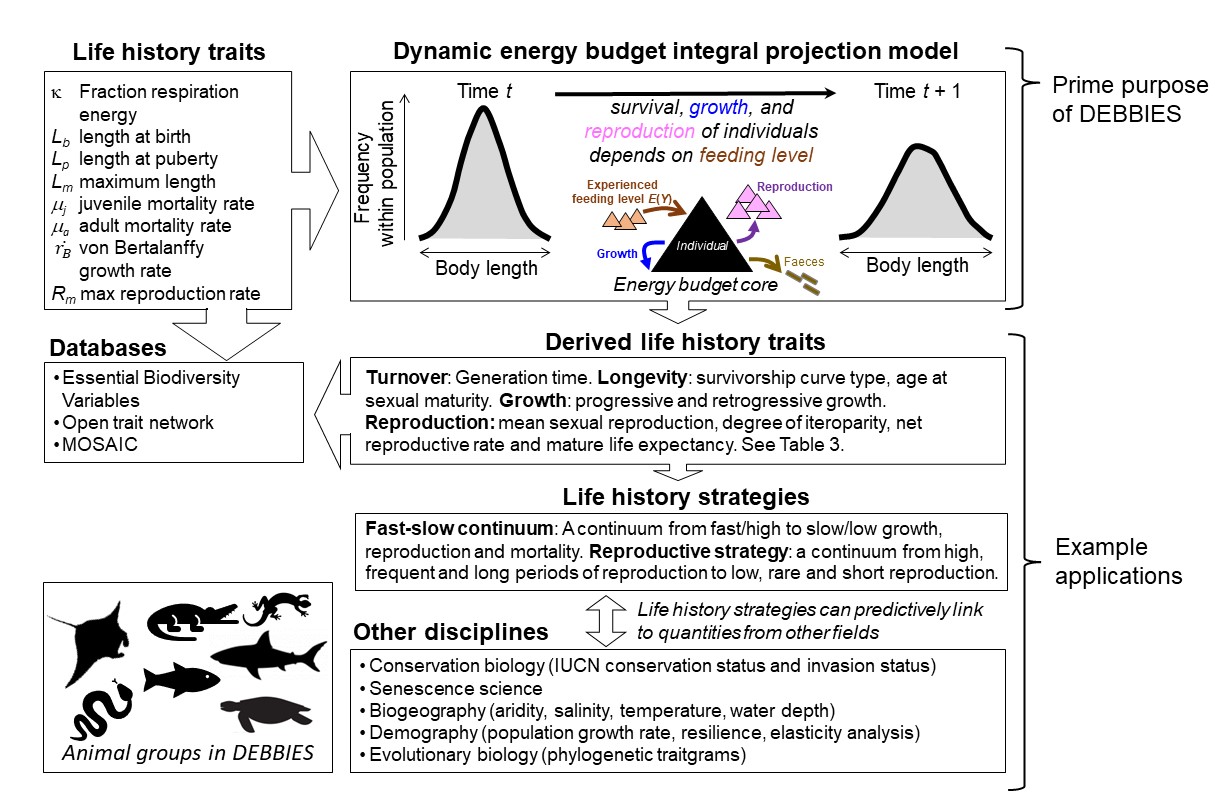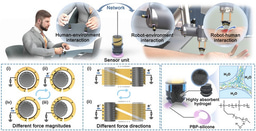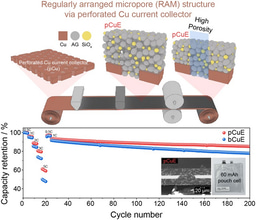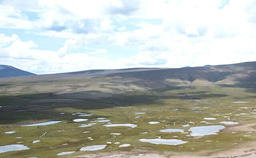The DEBBIES Dataset to study Life Histories across Ectotherms
Published in Ecology & Evolution
Explore the Research

DEBBIES Dataset to study Life Histories across Ectotherms - Scientific Data
Scientific Data - DEBBIES Dataset to study Life Histories across Ectotherms
It is 2017 and I just got a paper accepted, in which we presented a new population model, a Dynamic Energy Budget Integral Project Model (DEB-IPM)1, to study animal life histories from the point of view of how animals acquire and allocate energy between the competing life history processes of growth and reproduction. It meant I was closer to securing my tenure track, but it also triggered the question of where to apply the method first.
I did not have to wait long to find out, as my students were eager to apply the model to their animal species of choice. Time went by and more and more students interested in conservation biology used the model to answer questions in their dissertations on how animal life histories shape their responses to environmental change. The dataset was growing.
By now, it is 2022, and Sol Lucas, who is doing his PhD on shark behaviour and conservation, expressed his interest to apply the model to elasmobranchs, which encompass the sharks, skates and rays. In fact, Sol was so enthusiastic that he more than tripled the number of entries in the dataset to over 180 species. This was the moment that we decided to write a paper on this dataset so that more students and academics could use it.
But first we had to name the dataset. A ‘BUDDY’ to help you analyse life history strategies? Not bad, but we settled on ‘DEBBIES’ to capture the fact that the dataset is built to be used in Dynamic Energy Budget, ‘DEB’, models, and to add a bit of our own identify, by having have ‘IE’ for Isabel and ‘S’ for Sol. Make of it what you want, but that was that.
So, what is in this dataset (Figure 1)? It contains estimates of eight life history traits (length at birth, puberty and maximum length, maximum reproduction rate, fraction energy allocated to respiration versus reproduction, von Bertalanffy growth rate, juvenile and adult mortality rate: Figure 2: top-left) for 185 ectotherm species. More than 99% of species on Earth are ectotherms; they are taxonomically diverse and their growth and reproduction can be captured in simple energy budget models. Our dataset contains many elasmobranch species, but also ray-finned fish, some snakes, turtles, lizards and crocodiles.

How can you use the dataset? This is open to the user, be they a student or academic, but we give some suggestions for future analyses in the paper, highlighted in Figure 2. Because the dataset describes the life histories of all species by the same parameters, the dataset is ideally suited for comparative studies of life histories and population dynamics. Also, the parameters feed into a population model that describes growth and reproduction from first, energy budget principles. Thus, this dataset, combined with the population model, is particularly suited to create population forecasts to novel conditions, like those created by climate change.

Figure 2. Workflow of parameterising a Dynamic Energy Budget Integral Project Model, DEB-IPM, and example applications, including what databases DEBBIES can feed into (Essential Biodiversity Variables2; MOSAIC3). DEBBIES currently contains 185 ectotherms of 18 different orders. Eight life history trait values (top-left box) are required to parameterise a DEB-IPM (top-right box). Once parameterised, it can be used to calculate a further nine derived life history traits that can in turn be summarised into life history strategies. These, in turn, can be linked to quantities from other disciplines.
What is next? Well, there are still plenty of ectotherm species not included in the dataset, and plenty of students eager to contribute. To quote Sol Lucas, co-author on the paper: “I contributed data on sharks, skates and rays to DEBBIES as part of my PhD. Sharks, skates and rays are a highly threatened group of animals, but we still know relatively little about many species. We’re using the data in DEBBIES to map out life history strategies for 157 species, predict population growth rates and their resilience to bounce back from population declines. I’m glad to think that the data sourced in my project can be used by others to answer questions about the life histories of these wonderful species”. We will continue adding species to this dataset, also focusing on the smaller ones, like polychaetes (marine worms) and microorganisms. We hope that all the efforts combined will give us greater insights into how ectotherm life histories shape their population dynamics and responses to change.
References
- Smallegange, I. M., Caswell, H., Toorians, M. E. M., & de Roos, A. M. Mechanistic description of population dynamics using dynamic energy budget theory incorporated into integral projection models. Methods Ecol. Evol. 8, 146-154 (2017).
- Kissling, W. D., et al.. Towards global data products of Essential Biodiversity Variables on species traits. Nature Ecol. Evol. 2, 1531-1540 (2018).
- Bernard, C., et al. MOSAIC: a unified trait database to complement structured population models. Data 10, 335 (2023).
Follow the Topic
-
Scientific Data

A peer-reviewed, open-access journal for descriptions of datasets, and research that advances the sharing and reuse of scientific data.
Related Collections
With Collections, you can get published faster and increase your visibility.
Data for crop management
Publishing Model: Open Access
Deadline: Jan 17, 2026
Computed Tomography (CT) Datasets
Publishing Model: Open Access
Deadline: Feb 21, 2026




Please sign in or register for FREE
If you are a registered user on Research Communities by Springer Nature, please sign in